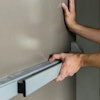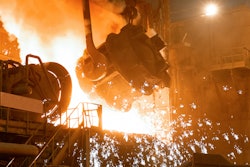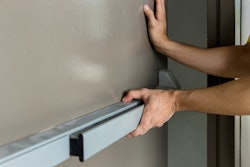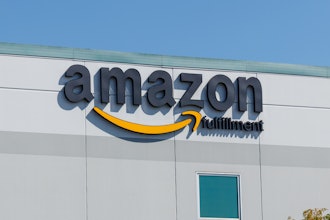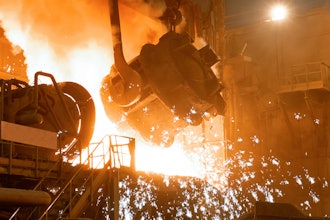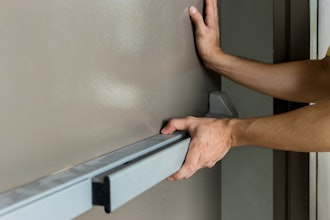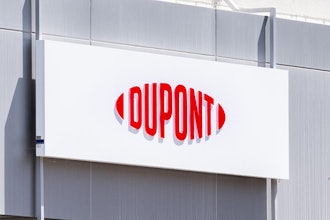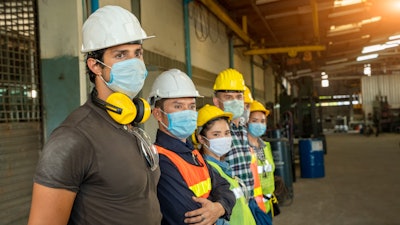
Many companies are taking extreme measures to lower the risk of COVID-19 from entering their facilities. In addition to encouraging social distancing and frequent handwashing, there are additional measures business owners can take to protect their employees. Making simple modifications at entrances and exits can significantly reduce the possibility of spreading the virus.
According to the Centers for Disease Control and Prevention (CDC), COVID-10 is transmitted by person-to-person through respiratory droplets [1]. These respiratory droplets can contaminate objects or surfaces, including floors and other surfaces.
A study conducted by the CDC earlier this year showed that the SARS-CoV-2, the virus that causes COVID-19, was “widely distributed” on floors, computer mice, trash cans, and handrails of hospital beds in an Intensive Care Unit in a hospital in Wuhan, China, where the COVID-19 outbreak began [2]. The study also showed that other non-ICU staff also had the SARS-CoV-2 virus on the soles of their shoes.
Researchers indicated that in addition to transmitting COVID-19 through direct contact with an infected individual, it’s possible that shoes might also be carriers of the SARS-CoV-2 virus. How does the virus end up on floors? Respiratory droplets can travel up to at least six feet or more when someone coughs or sneezes. The droplets fall to the floor and people walk on them, inadvertently contaminating the sole of their shoes. As they go about their daily business, they are spreading the virus.
Although environmental transmission from inanimate surfaces isn’t the primary way that COVID-19 spreads, it’s still a contributing factor. According to the World Health Organization (WHO), people can become infected by touching infected objects or surfaces, then touching their eyes, nose, or mouth [3]. Moreover, the SARS-CoV-2 virus can survive for as little as two hours and up to nine days on surfaces.
How to Modify Entrances and Exits
According to the CDC, the best way to limit the spread of COVID-19 is by practicing good hygiene. Providing employees with an easy and fast method to sanitize and limiting communal surface areas as they enter and exit the facility will help keep everyone safe. Here are a few ways to protect you, your staff, and the public:
Eliminate door handles: The fewer surfaces people touch or handle the less likely it will be contaminated. If entrance and exit doors have handles, this is a good time to consider replacing the door with a touchless system. If the budget does not allow for a complete replacement, transform them into swinging doors with a double-action, spring-loaded hinges, or remove them completely (if applicable).
Add a sanitation station: A simple check-in station posted at each entrance and exit equipped with a hand sanitizing station allows the employees to wash their hands or get a squirt of sanitizer at the start or end of their shift. If the company has a mandatory mask policy, the station can distribute the PPE or masks upon entrance and properly dispose of the used masks at all exits.
Place entrance mats at each door: A disposable three-zone floor mat is a quick and easy way to disinfectant and to prevent the spread of germs, bacteria, and viruses from entering the facility from the soles of shoes. These mats offer three zones that scrape, sanitize, and clean the bottoms of shoes as the employee walks over them. For a more permanent solution, use heavy-duty entrance mats at all entrances and exits. These mats can be easily disinfected after each shift to ensure any lingering virus or germs are destroyed.
Keeping employees safe in large facilities doesn’t have to take up valuable time or cost a lot of money. These simple modifications will help keep employees and their families healthy and reduce the spread of COVID-19.
Brian Evans serves as National Sales Manager of Industrial & Safety at Justrite Safety Group, which owns NoTrax, one of the largest integrated manufacturers of floor matting products in the world.
1. https://www.cdc.gov/coronavirus/2019-ncov/hcp/non-us-settings/overview/index.html
2. https://wwwnc.cdc.gov/eid/article/26/7/20-0885_article
3. https://www.who.int/emergencies/diseases/novel-coronavirus-2019/question-and-answers-hub/q-a-detail/q-a-coronaviruses



